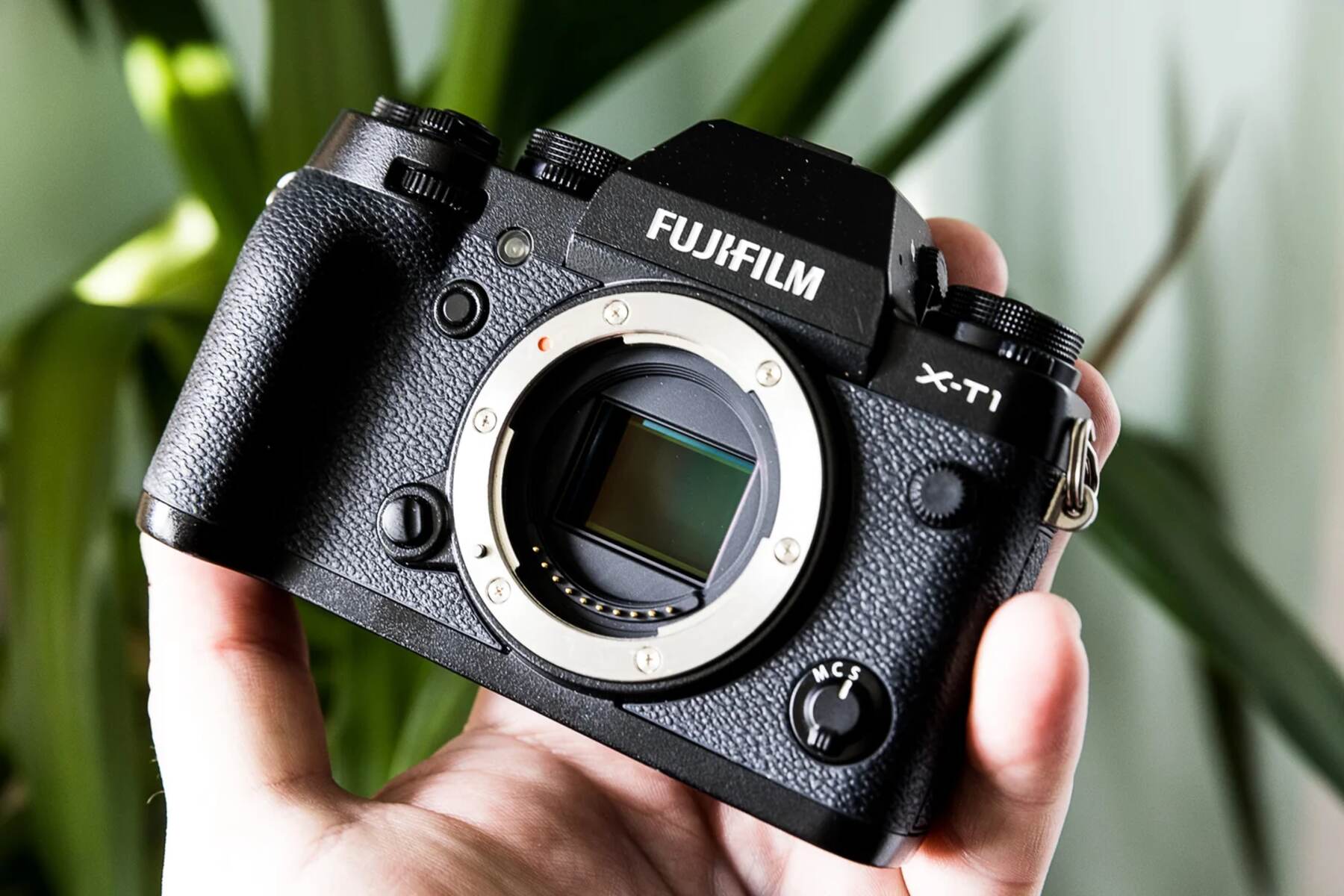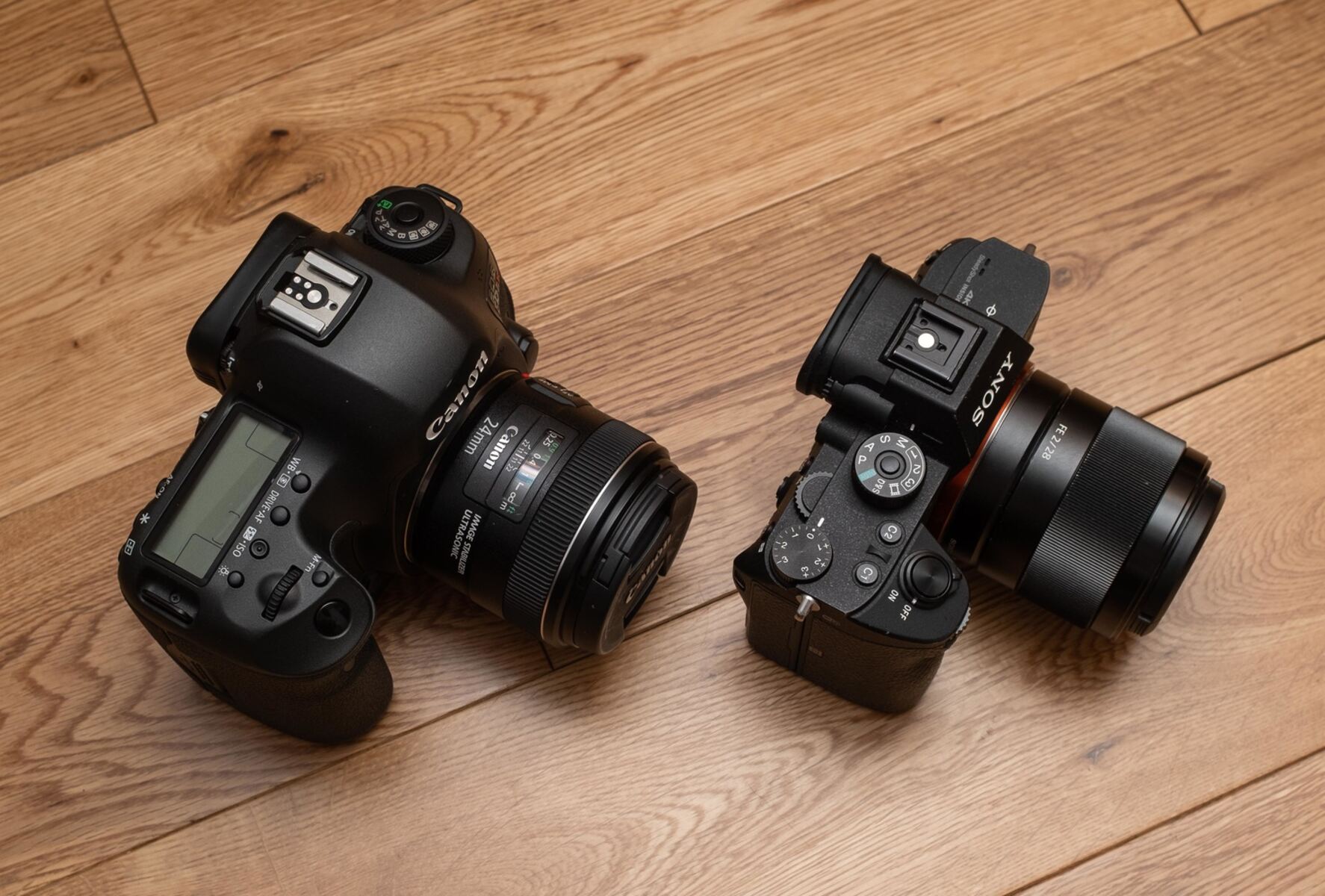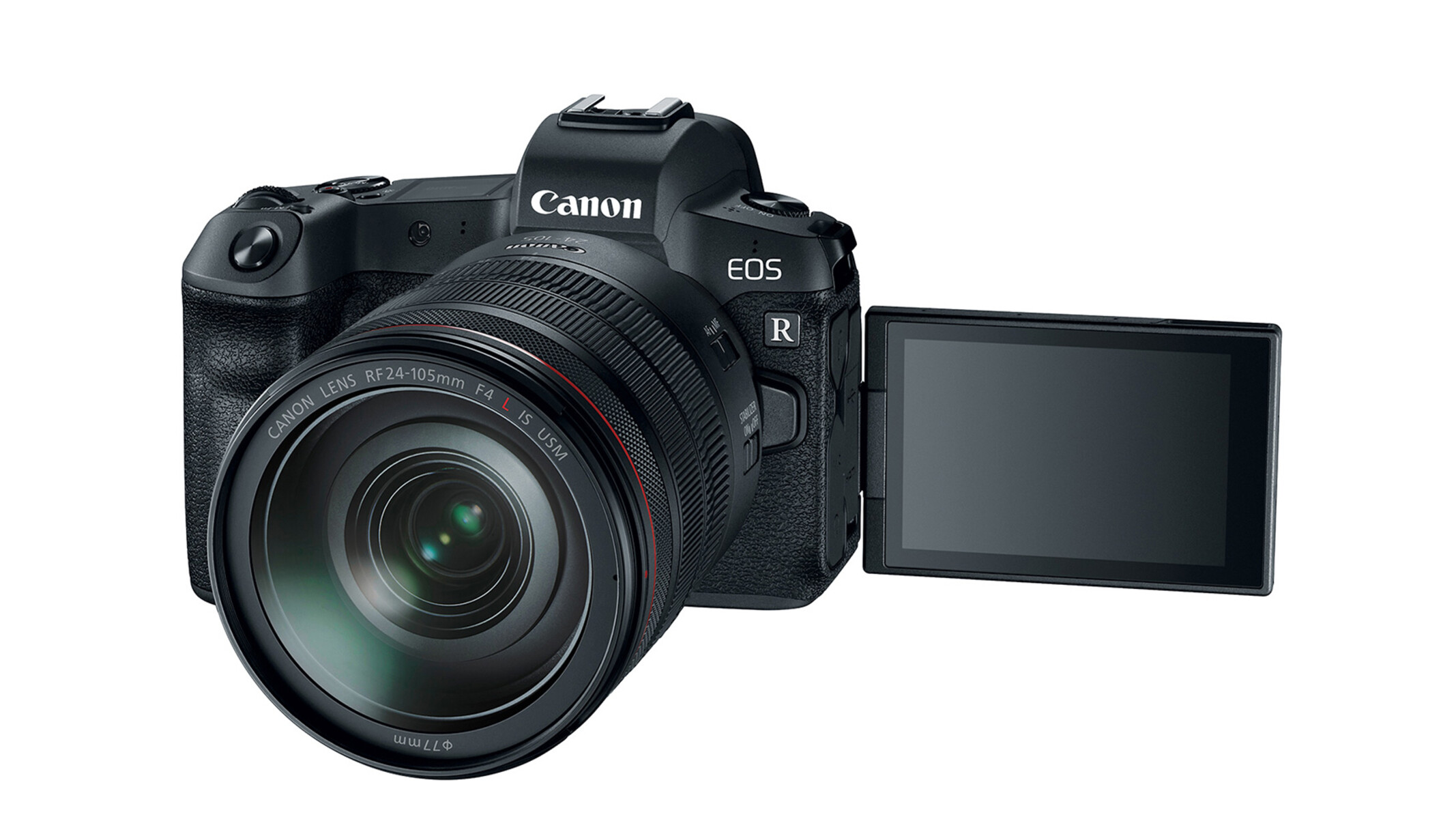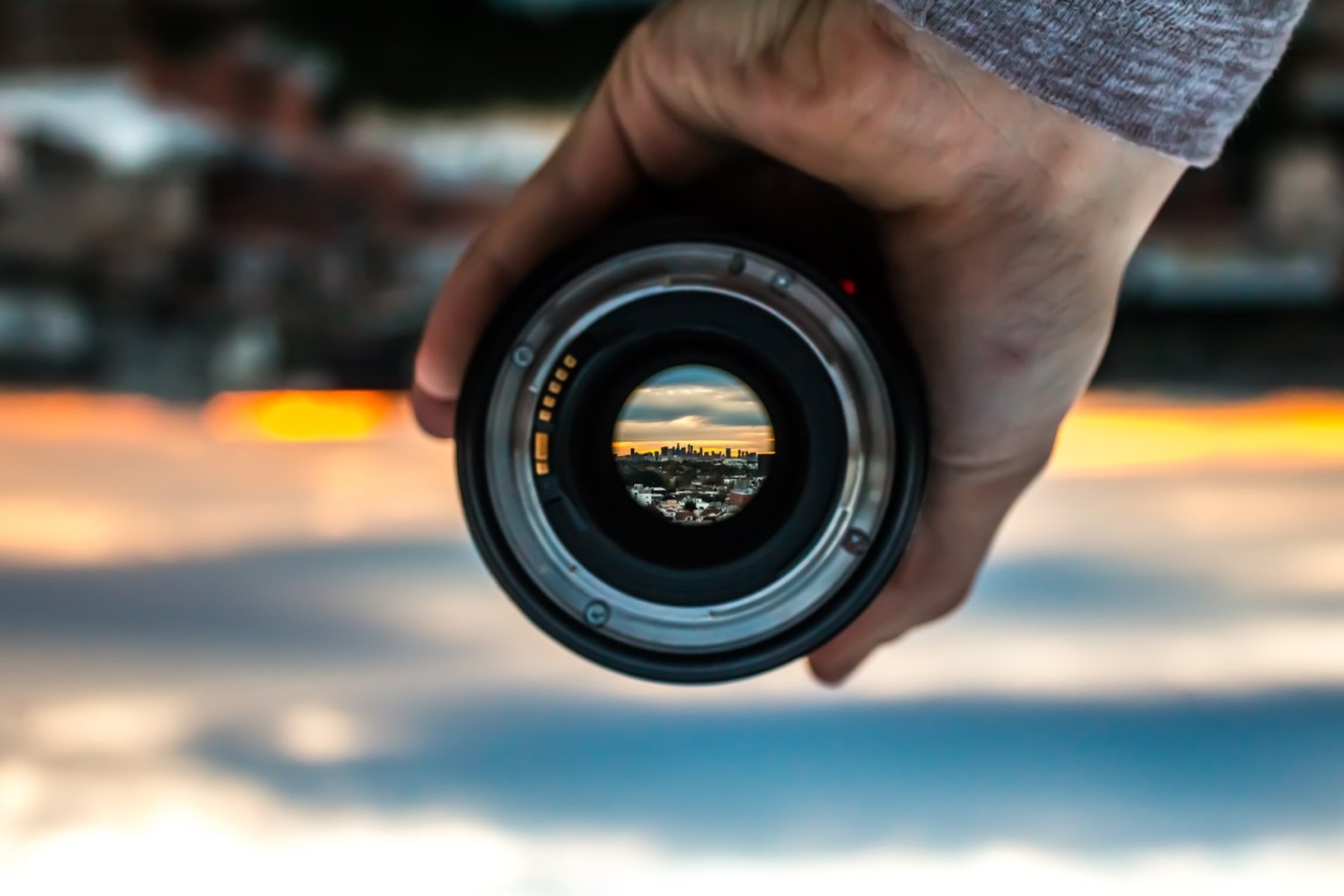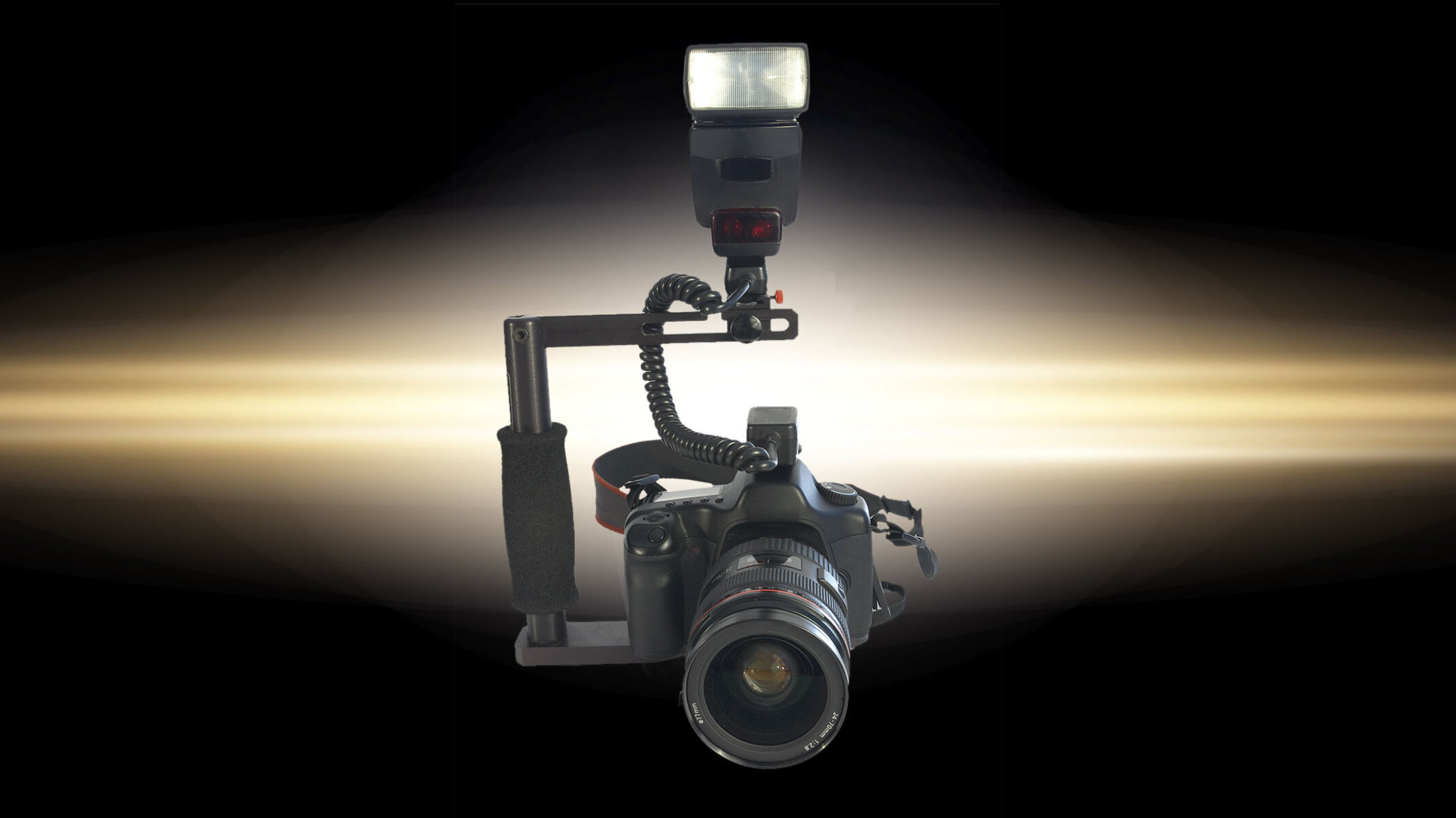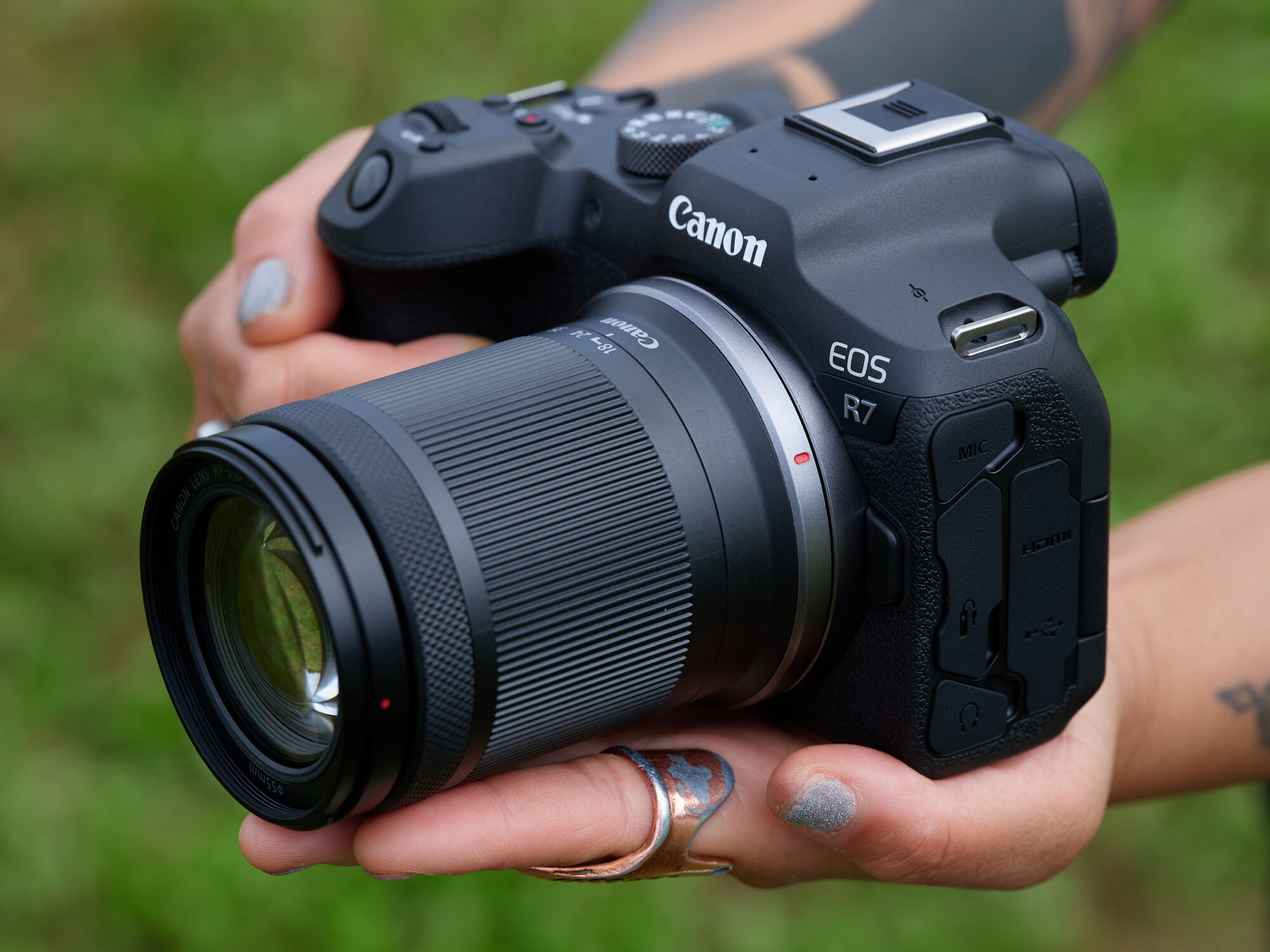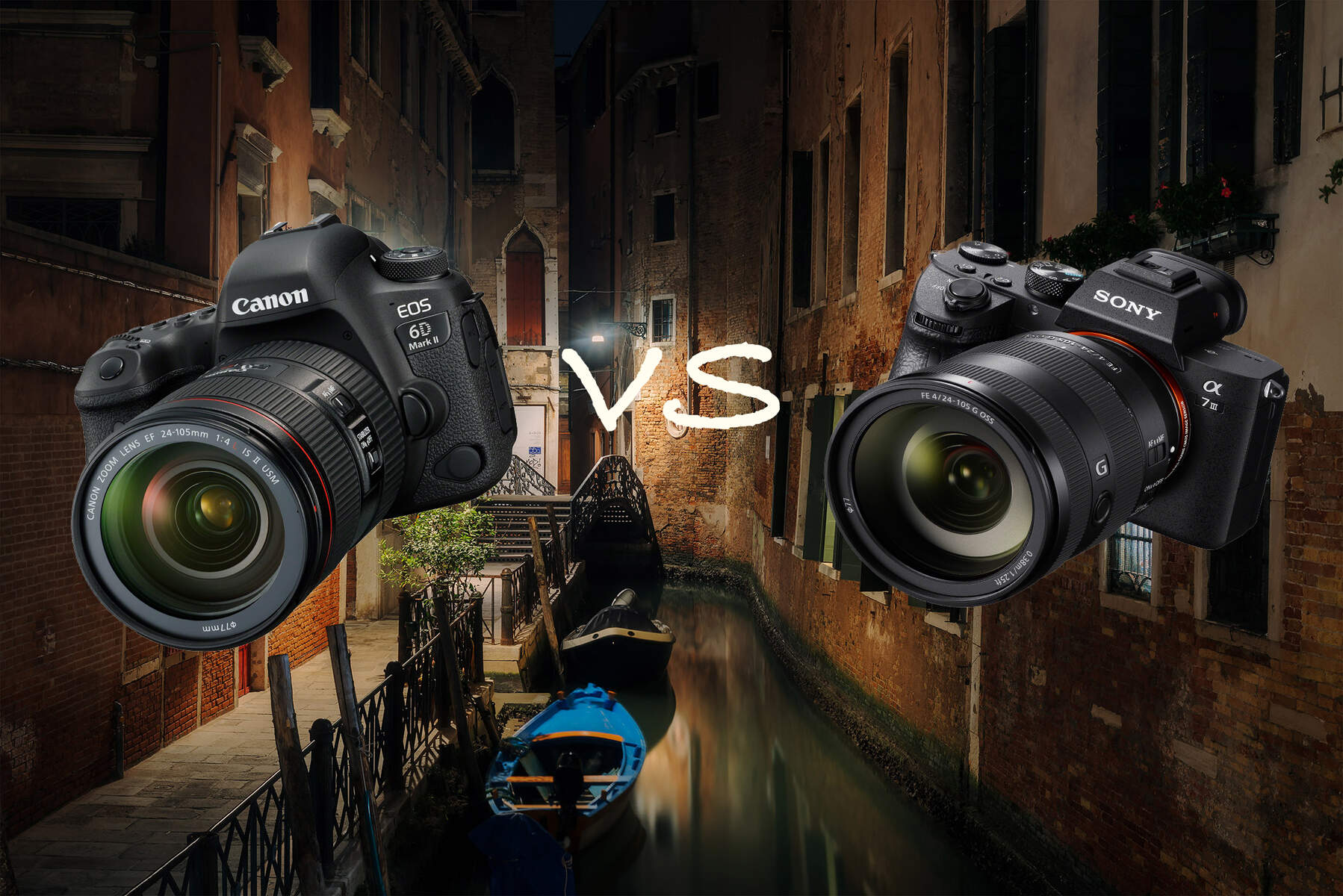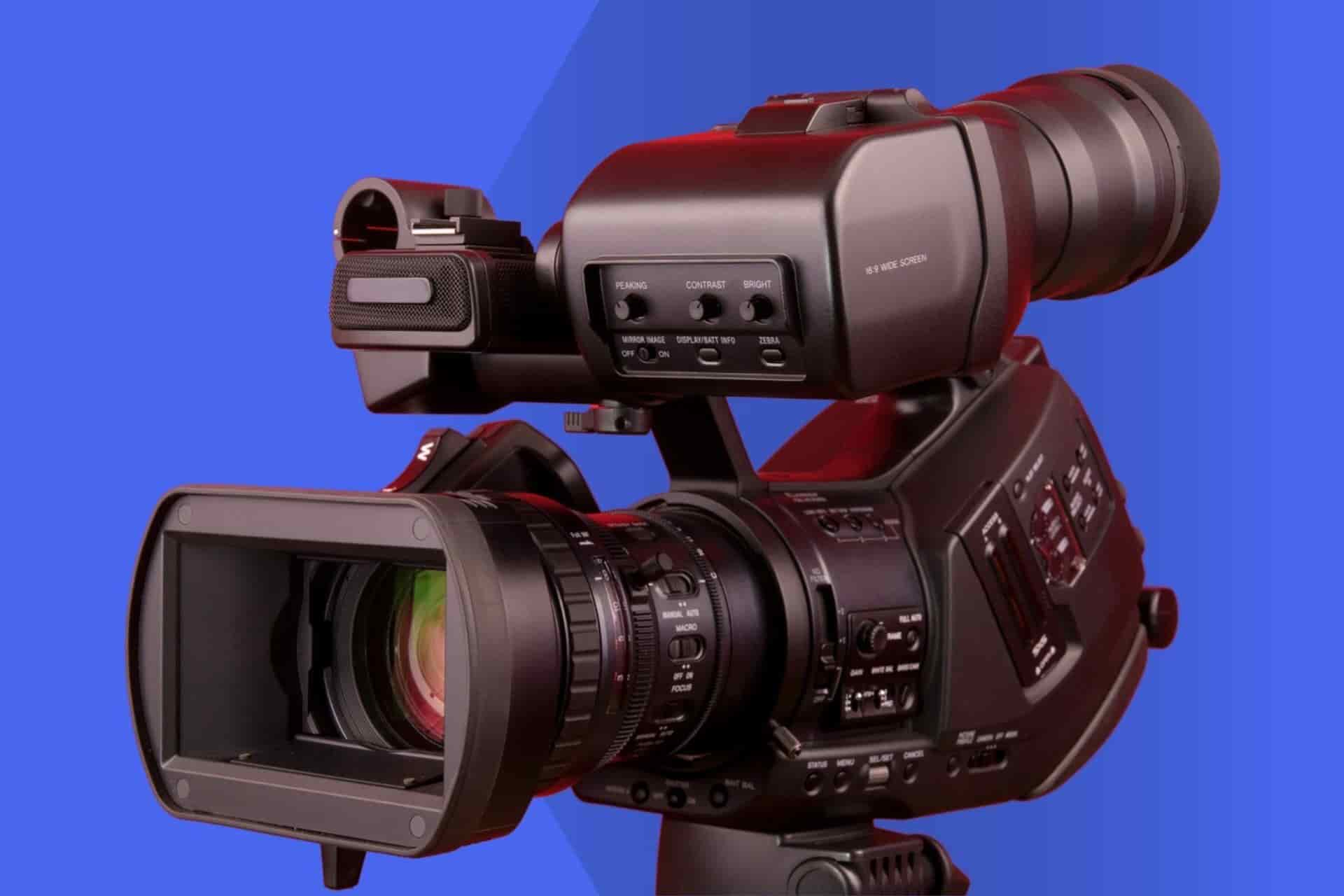Introduction
Welcome to the dynamic world of photography, where innovation and technology continually reshape the way we capture the world around us. In this article, we will embark on an enlightening journey into the realm of mirrorless cameras, exploring their functionality, advantages, and considerations for selecting the perfect model to suit your photographic needs.
The evolution of photography has seen the emergence of mirrorless cameras as a groundbreaking alternative to traditional DSLRs. These compact and versatile devices have revolutionized the art of photography, captivating enthusiasts and professionals alike with their exceptional image quality and portability. As we delve into the intricacies of mirrorless cameras, we will uncover the workings of these cutting-edge devices and unravel the myriad benefits they offer to photographers of all levels.
Join us as we unravel the captivating world of mirrorless cameras, shedding light on their inner workings, advantages, and the key factors to consider when choosing the ideal mirrorless camera for your creative pursuits. Whether you are an aspiring photographer seeking to elevate your craft or a seasoned professional looking to embrace the future of photography, this exploration will equip you with the knowledge and insights to navigate the captivating realm of mirrorless cameras with confidence and enthusiasm.
Definition of a Mirrorless Camera
A mirrorless camera, as the name suggests, is a type of digital camera that operates without the traditional mirror and optical viewfinder found in DSLR (Digital Single-Lens Reflex) cameras. This innovative design eliminates the need for a complex mirror system, resulting in a more compact and lightweight camera body. Instead of the mirror, mirrorless cameras utilize an electronic viewfinder or the rear LCD screen to display a real-time image of the scene being captured.
One of the defining features of mirrorless cameras is their interchangeable lens system, which allows photographers to use a wide array of lenses to achieve diverse photographic effects. The absence of a mirror box also enables the lens to be mounted closer to the image sensor, contributing to more efficient light transmission and enhanced image quality.
Furthermore, mirrorless cameras are equipped with advanced autofocus systems that rely on contrast detection, phase detection, or a combination of both, delivering swift and precise focusing performance. This technological prowess empowers photographers to capture fleeting moments with remarkable clarity and accuracy.
Compared to traditional DSLRs, mirrorless cameras offer a streamlined and intuitive shooting experience, making them an appealing choice for photographers seeking portability, versatility, and cutting-edge imaging capabilities. As we unravel the intricacies of mirrorless cameras, we will delve deeper into their operational mechanisms and the distinctive advantages they bring to the world of photography.
How Does a Mirrorless Camera Work?
At the heart of a mirrorless camera lies a sophisticated imaging sensor, typically a CMOS (Complementary Metal-Oxide-Semiconductor) sensor, which serves as the digital equivalent of traditional film. When light enters the camera through the lens, it strikes the sensor, where it is converted into an electronic signal that forms the basis of the captured image.
Unlike DSLRs, which employ a mirror and optical viewfinder to reflect the incoming light onto the sensor, mirrorless cameras directly expose the sensor to light, allowing for a more streamlined and efficient imaging process. The absence of the mirror box and optical viewfinder contributes to the compact and lightweight design of mirrorless cameras, making them an ideal choice for photographers who prioritize portability without compromising on image quality.
Upon entering the camera, the light is channeled to the sensor, where it interacts with millions of photosites that convert the light into electrical signals. These signals are then processed by the camera’s image processor, which applies various adjustments, such as white balance, exposure, and color rendition, to produce the final image.
Furthermore, the electronic viewfinder or rear LCD screen of a mirrorless camera serves as the visual interface through which photographers compose their shots and preview the captured images in real time. This direct digital representation of the scene offers a clear and accurate preview of the final image, allowing photographers to fine-tune their compositions and settings with precision.
Another key aspect of a mirrorless camera’s functionality is its autofocus system, which utilizes advanced technologies such as contrast detection, phase detection, or hybrid autofocus to swiftly and accurately lock onto subjects. This ensures that photographers can capture sharp and well-focused images, even in challenging lighting conditions or fast-paced shooting scenarios.
As we unravel the inner workings of mirrorless cameras, we gain a deeper appreciation for their technological ingenuity and the seamless integration of advanced imaging components, culminating in a compelling photographic tool that empowers photographers to unleash their creativity with unparalleled precision and convenience.
Advantages of Using a Mirrorless Camera
Embracing a mirrorless camera offers a myriad of compelling advantages that cater to the diverse needs and preferences of photographers. These advantages encompass technological innovations, portability, and creative flexibility, making mirrorless cameras an enticing choice for photography enthusiasts and professionals alike.
- Compact and Lightweight: Mirrorless cameras are notably smaller and lighter than traditional DSLRs, making them highly portable and convenient for photographers who are often on the move. This compact form factor facilitates discreet and unobtrusive shooting, allowing photographers to capture candid moments with ease.
- Electronic Viewfinder (EVF) and Real-Time Preview: The electronic viewfinder of a mirrorless camera provides a live, real-time preview of the scene, complete with exposure and white balance adjustments. This empowers photographers to accurately assess their compositions and make informed decisions before capturing the image.
- Fast and Precise Autofocus: Mirrorless cameras are equipped with advanced autofocus systems that deliver swift and accurate focusing performance, especially in continuous and low-light shooting situations. This ensures that photographers can capture sharp and well-focused images, even when photographing fast-moving subjects.
- Interchangeable Lenses and Adaptability: The versatile lens mount of mirrorless cameras allows photographers to use a wide range of lenses, catering to various genres of photography. Additionally, with the aid of lens mount adapters, photographers can utilize lenses from other camera systems, expanding their creative possibilities.
- Silent Shooting and Minimal Disturbance: Many mirrorless cameras offer silent shooting modes, enabling photographers to capture images without producing disruptive shutter sounds. This feature is especially beneficial in quiet environments or when photographing subjects that are sensitive to noise.
- Video Capabilities and Enhanced Connectivity: Mirrorless cameras often excel in video recording, offering high-quality 4K and even 8K video capture with advanced features such as in-body image stabilization and seamless connectivity for sharing and remote control.
These advantages collectively position mirrorless cameras as a compelling choice for photographers seeking a blend of cutting-edge technology, portability, and creative versatility. The seamless integration of advanced features and compact design makes mirrorless cameras a formidable tool for capturing captivating images and exploring the boundless realms of visual storytelling.
Disadvantages of Using a Mirrorless Camera
While mirrorless cameras offer a host of impressive features and benefits, it is essential to consider their limitations and potential drawbacks. Understanding these disadvantages can provide valuable insights for photographers as they navigate the decision-making process and determine the most suitable tool for their creative endeavors.
- Battery Life: Mirrorless cameras are known to consume more power due to their electronic viewfinders and continuous use of the sensor for live view. As a result, they may require frequent battery changes or recharging, especially during extended shooting sessions.
- Electronic Viewfinder Lag: Some early models of mirrorless cameras exhibited a noticeable lag in the electronic viewfinder when capturing fast-moving subjects, which could impact the photographer’s ability to track and anticipate action effectively. However, advancements in technology have significantly reduced this issue in modern mirrorless cameras.
- Reduced Lens Selection: While the availability of lenses for mirrorless cameras has expanded rapidly in recent years, the selection may still be more limited compared to the extensive range of lenses offered for traditional DSLRs. However, this gap is continually narrowing as more manufacturers develop lenses for the mirrorless market.
- Overheating During Video Recording: Some mirrorless cameras may be prone to overheating when recording video in high-resolution formats or under prolonged usage, which can result in automatic shutdowns or interruptions during filming. However, this issue varies across different camera models and has been mitigated in newer releases.
- Handling and Ergonomics: Due to their compact size, some photographers with larger hands may find mirrorless cameras less comfortable to grip compared to bulkier DSLRs. However, this is a subjective consideration and can be addressed through the use of optional grips and accessories.
- Cost of High-End Models: While entry-level mirrorless cameras offer an affordable entry point into the mirrorless ecosystem, high-end professional models equipped with advanced features and capabilities may come with a higher price tag compared to their DSLR counterparts. However, the value of these features often justifies the investment for professional photographers.
By acknowledging these limitations, photographers can make informed decisions regarding the adoption of mirrorless cameras, weighing the advantages against the potential challenges to ensure that their chosen tool aligns with their specific photographic requirements and preferences.
Types of Mirrorless Cameras
The world of mirrorless cameras encompasses a diverse array of models tailored to meet the unique demands and creative aspirations of photographers. These cameras are often categorized based on their sensor size, design, and intended usage, offering a spectrum of options for photographers to explore and leverage in their artistic pursuits.
- Full-Frame Mirrorless Cameras: Full-frame mirrorless cameras feature sensors that are equivalent in size to traditional 35mm film, offering exceptional image quality, dynamic range, and low-light performance. These cameras are favored by professional photographers and enthusiasts seeking uncompromising image fidelity and versatility across various genres of photography.
- APS-C Mirrorless Cameras: Equipped with smaller APS-C sensors, these mirrorless cameras offer a balance of portability and image quality, making them well-suited for travel, street photography, and everyday use. They often provide a compelling combination of performance and affordability, appealing to a broad range of photographers.
- Micro Four Thirds Mirrorless Cameras: Characterized by their smaller Micro Four Thirds sensors, these cameras excel in compactness and portability while delivering impressive image quality. They are popular among enthusiasts and professionals who prioritize mobility without compromising on photographic capabilities.
- Rangefinder-Style Mirrorless Cameras: Inspired by the classic rangefinder cameras of yesteryears, these mirrorless cameras feature a unique design with a viewfinder positioned to the side of the camera body. They offer a distinct shooting experience and are favored by photographers who appreciate the heritage and ergonomics of traditional rangefinder cameras.
- Professional and Enthusiast Models: Within each sensor format, mirrorless cameras are further categorized into professional-grade models designed for demanding workflows, and enthusiast-level models that offer a balance of features and accessibility. These distinctions cater to photographers with varying skill levels and requirements, ensuring that there is a mirrorless camera suitable for every creative journey.
By understanding the diverse types of mirrorless cameras available, photographers can align their preferences, shooting styles, and creative ambitions with the most suitable model, empowering them to harness the full potential of these innovative photographic tools.
Choosing the Right Mirrorless Camera for You
Embarking on the quest to select the ideal mirrorless camera entails a thoughtful consideration of various factors that align with your photographic vision, preferences, and intended usage. By navigating this decision-making process with clarity and insight, you can pinpoint the perfect mirrorless camera that harmonizes with your creative pursuits and empowers you to capture captivating images with confidence and precision.
- Define Your Photographic Goals: Begin by identifying the genres of photography that resonate with your interests, whether it’s landscape, portrait, street, wildlife, or videography. Understanding your primary focus will guide your choice of features and capabilities in a mirrorless camera.
- Consider Sensor Size and Image Quality: The sensor size of a mirrorless camera directly influences its image quality, low-light performance, and depth of field control. Full-frame sensors offer unparalleled image fidelity, while APS-C and Micro Four Thirds sensors provide a balance of portability and impressive image quality.
- Evaluate Performance and Features: Assess the autofocus system, continuous shooting speed, video capabilities, in-body image stabilization, and other performance attributes that align with your shooting style and technical requirements. Look for features that enhance your ability to capture the images you envision.
- Explore Lens Compatibility and Availability: Investigate the availability of lenses compatible with your chosen mirrorless camera system, considering both native lenses and the potential for adapting lenses from other systems. A diverse lens ecosystem expands your creative horizons and ensures that you can adapt to various photographic scenarios.
- Weigh Portability and Ergonomics: Reflect on the importance of a compact and lightweight camera body for your intended usage. Additionally, consider the ergonomics of the camera, ensuring that it feels comfortable in your hands and facilitates intuitive control and handling during extended shooting sessions.
- Assess Connectivity and Workflow Integration: Examine the camera’s connectivity features, including wireless transfer, remote control capabilities, and compatibility with editing and sharing platforms. Seamless integration with your preferred workflow enhances efficiency and creativity in your photographic endeavors.
By methodically evaluating these considerations and aligning them with your unique photographic aspirations, you can confidently select a mirrorless camera that serves as a faithful companion on your creative journey, empowering you to capture the world with unparalleled artistry and vision.
Conclusion
As we conclude our exploration of mirrorless cameras, we emerge with a profound appreciation for the technological ingenuity, creative versatility, and captivating possibilities that these innovative devices offer to photographers worldwide. The evolution of mirrorless cameras has reshaped the landscape of photography, ushering in a new era of imaging excellence and artistic expression.
From the compact and portable design to the exceptional image quality and advanced features, mirrorless cameras stand as a testament to the relentless pursuit of innovation in the realm of photography. These cameras have transcended traditional boundaries, empowering photographers to capture moments with unparalleled precision, creativity, and convenience.
As you embark on your journey to select the perfect mirrorless camera, consider the diverse array of models, sensor sizes, and capabilities available, aligning them with your unique vision and creative aspirations. Whether you are drawn to the uncompromising image quality of full-frame sensors, the balance of performance and portability offered by APS-C cameras, or the compact versatility of Micro Four Thirds systems, there is a mirrorless camera tailored to elevate your photographic endeavors.
Embrace the boundless potential of mirrorless cameras, harnessing their technological prowess and intuitive design to capture the world through your lens with unparalleled clarity and artistry. As you navigate the intricate tapestry of features, capabilities, and personal preferences, trust in the transformative power of the mirrorless camera to amplify your creativity and redefine the way you perceive and capture the beauty that surrounds you.
With each click of the shutter, let the spirit of innovation and artistic exploration guide your photographic odyssey, enriching your visual storytelling and immortalizing moments that resonate with depth and emotion. Embrace the future of photography with a mirrorless camera as your steadfast companion, and embark on a captivating journey of creativity, vision, and boundless photographic possibilities.







